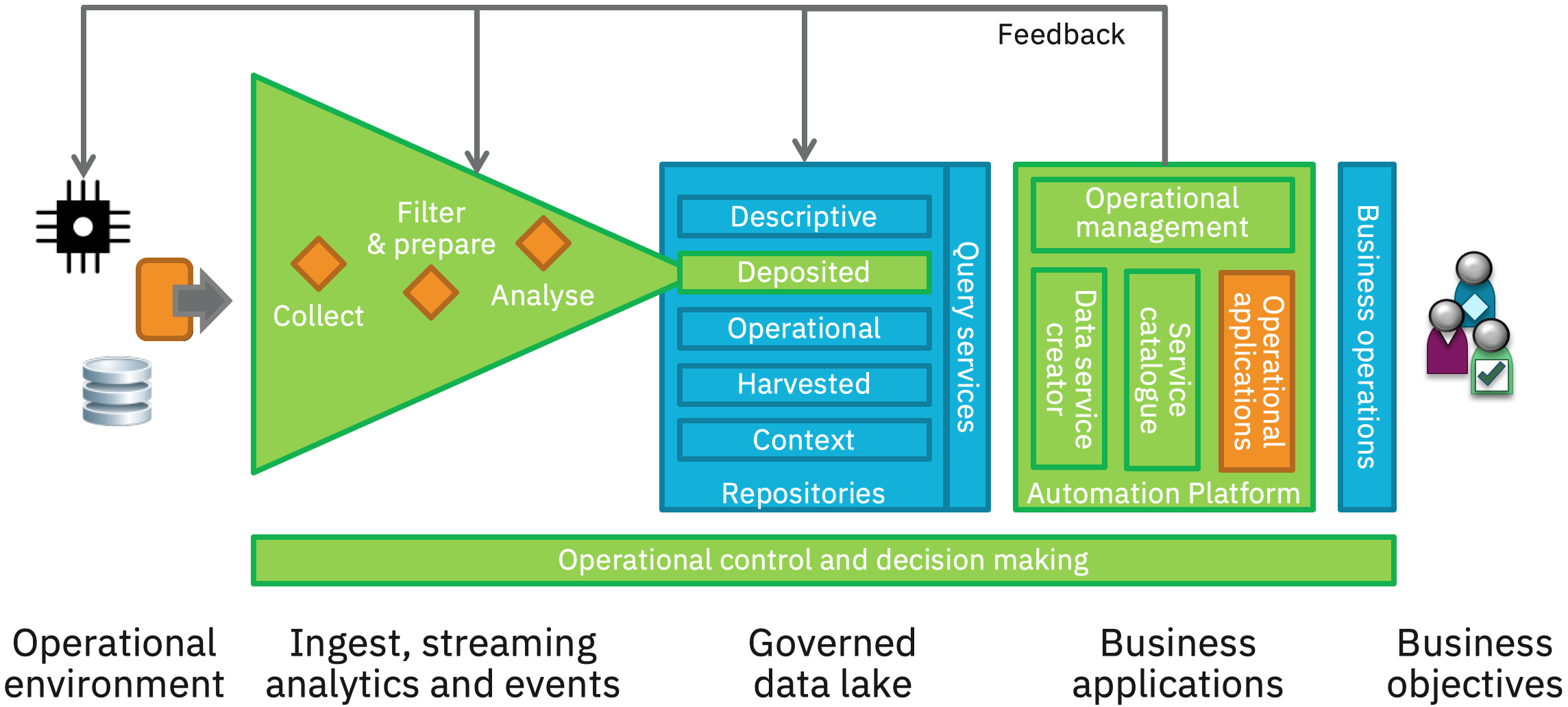Government
Gaining the information advantage
26 February, 2019 | Written by: Chris Nott
Categorized: Government
Share this post:
Government departments are facing varied and evolving threats. These are often asymmetric and demand speed and agility by Governments to understand and counter adversaries that include serious organized crime, fraudsters, insurgencies and terrorism. It is not limited to defence and public safety organisations, but affects departments collecting taxes and providing benefits.
Cloud computing offers new opportunities to Government departments. It is one that they must grasp because their adversaries have access to immense compute power and data at the click of a mouse. However, departments need to play to their strengths and transform their organizational models to become nimble and smart in their use of cloud services to retain the upper hand.
The amount of data being generated is increasing. The Internet of Things offers huge volumes of machine data, there is video, audio and other content, and information sources offered by other departments and third parties. The challenge for Governments is how to cut through all this content and put it in context to better exploit it.
Harnessing the data
Analytics are developed to meet business objectives. This begins with filtering and preparing data into a meaningful and relevant form at scale for real-time and subsequent analysis. The data lake contains services for all different data types (structured and unstructured), facilitates data fusion and offers a variety of analytics and cognitive engines. Cloud computing and information governance underpins these to simplify permitted data access and use of resources for algorithm development and running analytics. The data lake exposes services for use by cloud native applications, assembled quickly for short-lived, immediate, as well as enduring business needs.

Perhaps the most important capability for Government departments to realise is feedback: value is inhibited if the information flow is unidirectional. Implemented properly, feedback allows business operations to learn and influence the operational environment (eg direct sensors), to dynamically adjust ingest and streaming analytics in line with current operational needs, and to adapt the flow, access and analysis of information in the data lake. And, they can recompose applications using microservices.
How to start
A good first step is to implement a value stream for one operational need. A multi-disciplinary team is assembled with personnel from all appropriate organizational silos with a remit that spans technical and business capabilities end-to-end. The team pursues the business outcomes of the selected operational need.
The approach is extended to further operational needs once proven. Business transformation is therefore part of gaining the information advantage, but so too is sound information government across the value stream because it makes information more readily accessible whilst retaining control.
Ask yourself
Are you aware of, able to access and analyse the most useful information to make the best decisions? Can you trace the origin of all the information used to make a business decision? How do you measure and improve the effectiveness of decision making and the resulting actions taken?

Global Technical Leader for Defence & Security
Transforming B2B Sales: Unleashing the Power of AI and Automation in Telecommunications
In the dynamic world of telecommunications, staying ahead requires constant innovation. VMO2, a renowned leader in the field, recently embarked on a journey to evaluate latest technology as an opportunity to enhance end-to-end customer experiences and automate low-value tasks within their B2B sales process. The aim was to achieve time and cost savings, while improving […]
Achieving sustainability ambitions with IBM AI technology
I recently attended The Economist Sustainability Week where I had some interesting conversations with other Heads of Sustainability. The one common thread was the belief that there’s never been a more pressing time for urgent, effective action to achieve our sustainability ambitions. We are at a critical juncture. Stakeholders are demanding a greater commitment to […]
Streamlining Life Sciences Research: Simplifying Data Access with Design Principles
Life Sciences research and development is complicated: complex tasks are carried out in an environment of big data, specialised technology and regulated processes. The challenges of this complexity risks making processes and interactions iterative, slow and expensive. To accelerate innovation in the development of safe and effective treatments, Life Sciences organisations need to cut through these challenges […]

